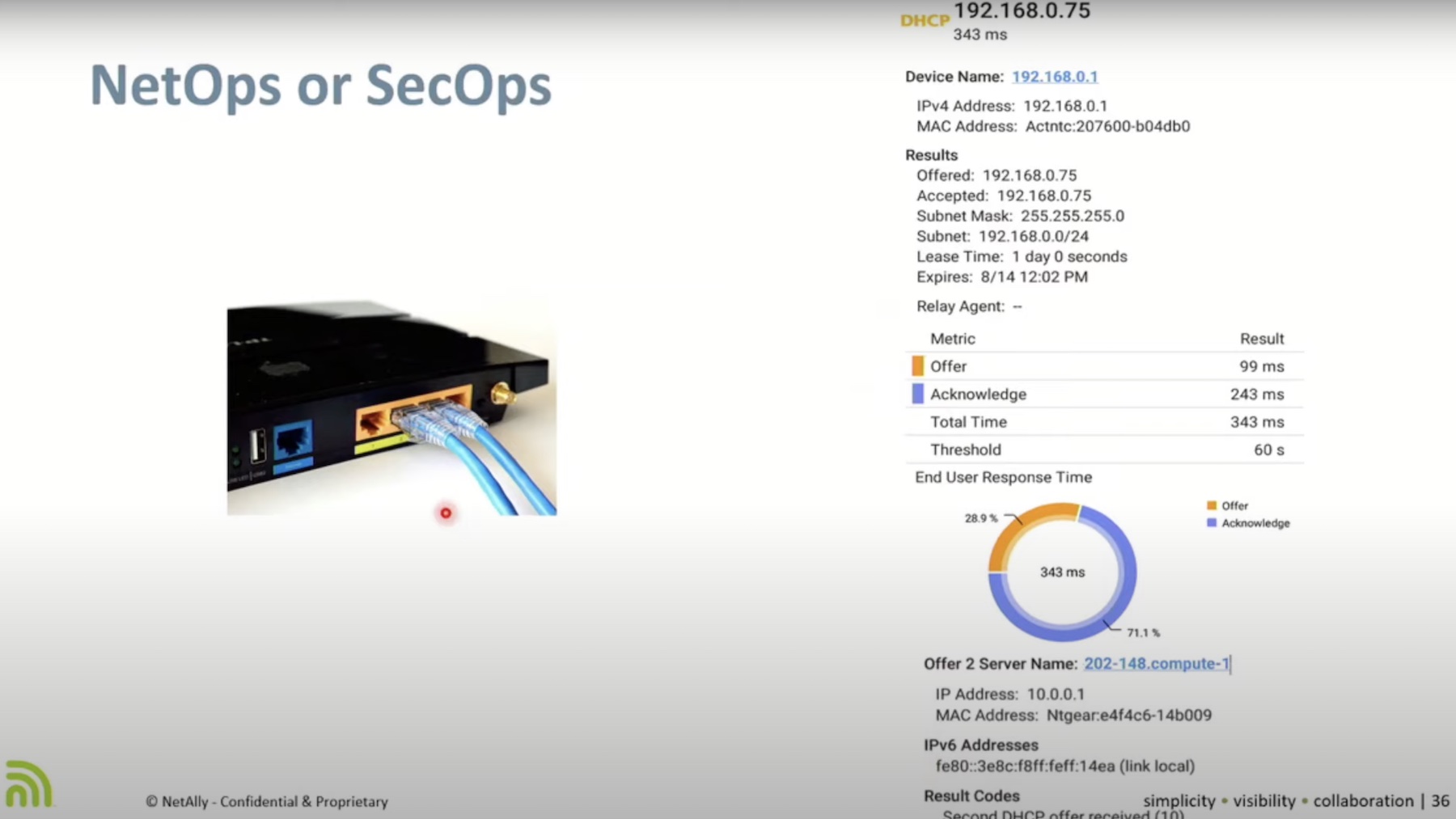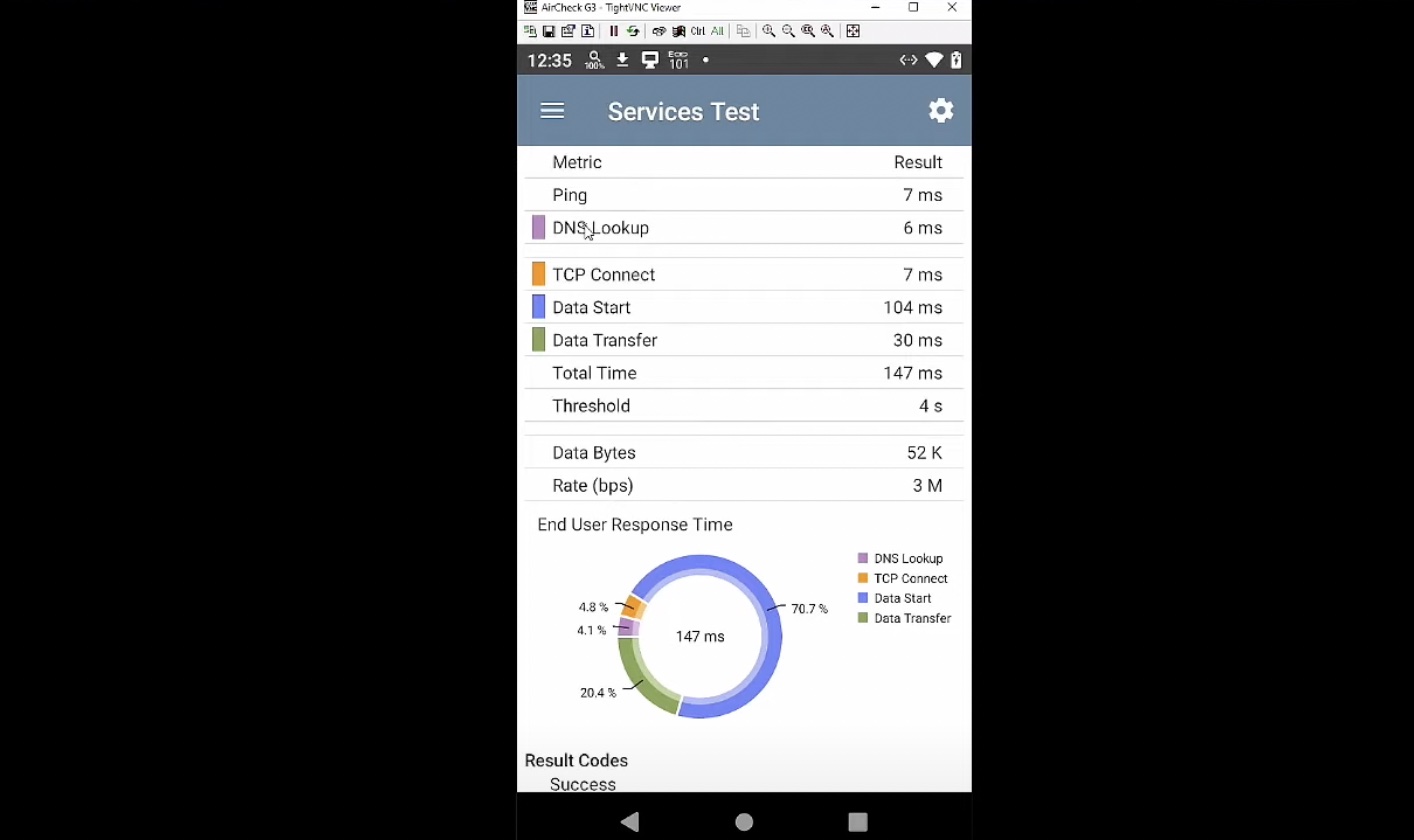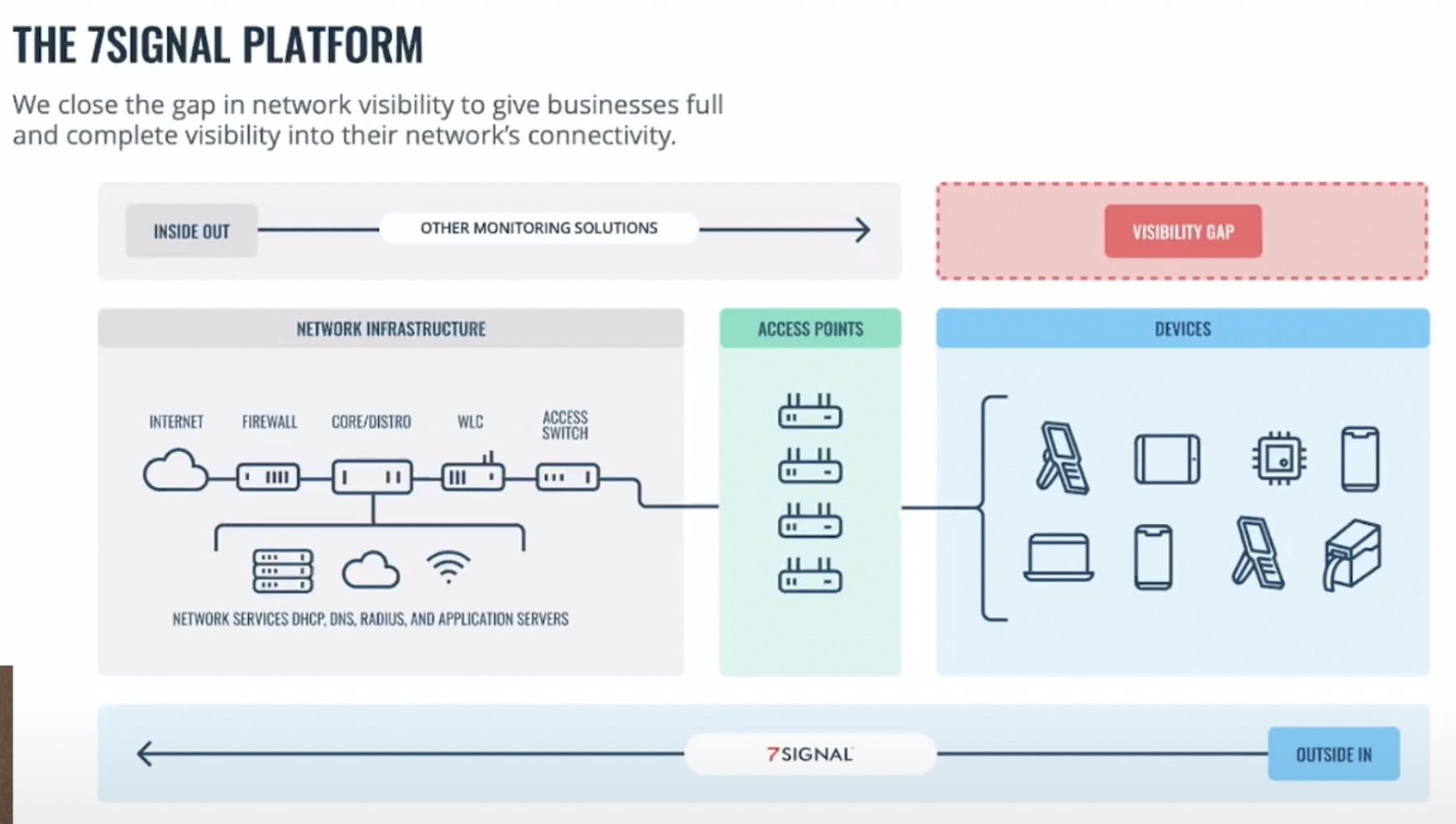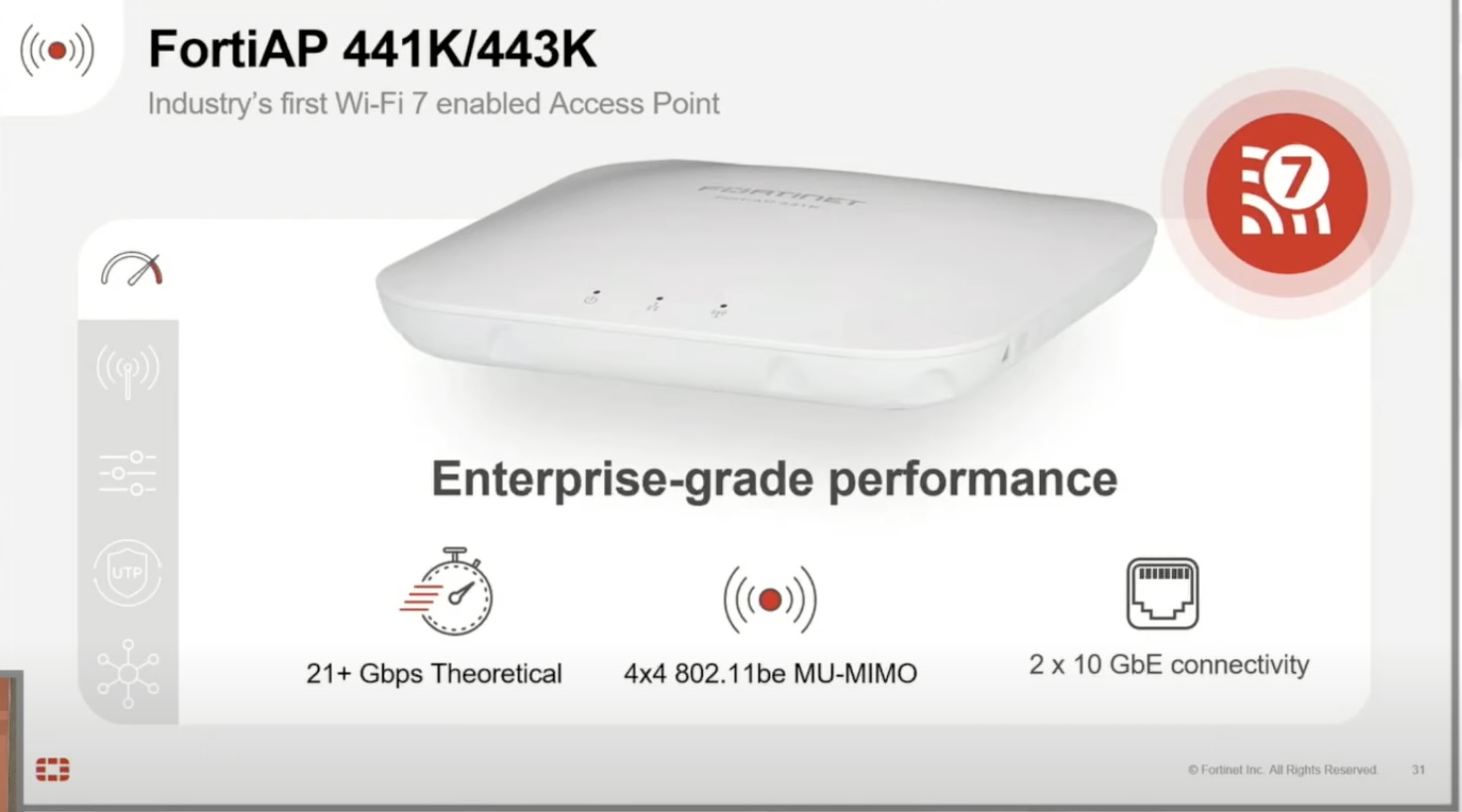The constantly shifting digital age has laid the world at our feet. One can connect to a friend sitting halfway across the world from a coffee shop, stream podcasts all the way on a cross-country road trip in an RV, and remotely activate a home alarm system from outside the country – all with just a tap of a finger.
But this new-age mobility comes at a cost to the providers. Free mobility strikes at the heart of network security, leaving providers to make amends while users enjoy uninterrupted access.
Sites Are Complex
Site mobility has become a complex piece of engineering over the passing years. As providers have jumped from milestones to milestones – Power over Ethernet, Wi-Fi, BYOD, 5G –clients of technology have evolved.
There are more clients than ever now – more dispersed and more transitory – and use cases are multiplying everyday. Audio/video conferencing, utility management, digital signage, energy, voice and cellular, HVAC, video surveillance, the list is endless.
Supporting these cutting edge technologies isn’t enough. The network also has to continue to support legacy applications many of which are not a hand-in-glove fit for the modern architecture.
Over the past couple years of COVID, we have seen a rise in mobile sites like roaming studios and pop-up hospitals.
“When you think about sites, it’s the sheer amount of complexity that’s come along. You started with PC and then they added VoIP and that brought in PoE, and then Wi-Fi, and more and more devices,” said James Kahkoska, CTO at NetAlly at the recent Mobility Field Day event in California where NetAlly presented CyberScope, a hand-held security risk assessment and analysis tool for Wi-Fi.
He explained, “What’s really happened here is a massive convergence and it’s getting deep.”
Managing sites is complex work because of the endless monitoring and management overheads. There is tension around site size and costs of deployment, and recurring cases of cyberattacks make things all the more unpredictable.
“What’s becoming more and more clear to us is when you’re at the NOC (Network Operations Center) level – you’re not on the site that you’re getting alarms and stuff going on – you don’t really understand the physicality of anything, So there’s a lot of power in the point of presence,” he noted.
Techniques like network segmentation provides a way to isolate mission-critical applications from less important ones, or keep departments apart so that they don’t mix and create disruptions in the services. But network segmentation is neither easy, nor immune to errors.

NetAlly
As a company focusing on cybersecurity, NetAlly gives top priority to visibility. Its Link/Scan architecture is designed to allow operators to link and scan devices, and interrogate what services each is consuming and what other devices it is connecting to in the network.
In 2019, NetAlly spun out of NETSCOUT of which it was a business unit, to make foray into the handheld network testing market more independently.
“We didn’t really have a product or EtherScope yet. So we spent a lot of time building street credibility, and almost leaned back into the fluke years,” said Mr. Kahkoska.
With always one foot in cybersecurity, NetAlly recently went all in and augmented its products with a spectrum of advanced cybersecurity features.
NetAlly’s CyberScope
CyberScope offers total and complete visibility. Low visibility obstructs control and opens up vulnerability gaps in the network. CyberScope is a portable analyzer that comes with comprehensive site security assessment capabilities that include device discovery, identification, locating, analyzing and reporting.
Any security assessment must start with knowing the network well. CyberScope surveys and discovers all devices – APs and clients – across up to 96 channels, analyzing the scope of RF reach within the premises and outside.
It can examine endpoints and classify them into authorized and unauthorized devices, and unfamiliar ones into neighbor and unknown. When a vulnerability is detected, it automatically generates a warning notification telling the operator what needs remedying.
CyberScope can scan switch ports and provide detailed information about port configurations and provisioning, and client attributes through API queries.
Technicians of any skill level can perform analysis of network segmentation and provisioning, and study the connections, or lack thereof, with CyberScope. It automatically examines and verifies all wired and wireless network segmentation and configuration with clear and failed indications.
Connections between devices can be viewed in topology maps that operators can generate with near real-time accuracy on the gadget’s reporting and analysis platform. This helps understand network paths, and spot rogue devices both on the wire and in the air.
Wrapping Up
With more doors for bad actors to try, there is now a rising urgency to actively monitor and secure networks. NetAlly’s CyberScope is an all-in-one tool for Wi-Fi site assessment. It provides a deep dive into device attributes, finds unauthorized endpoints, and points out errors and failures, making it possible to spot outliers efficiently on a walk-through. Designed to both survey the network, and collaborate with smart hands in the field, it provides the data required to perform proactive and reactive fixes, keeping the network secure at all times.
For more information, check out NetAlly’s in-depth presentations from the recent Mobility Field Day event on Tech Field Day website.




